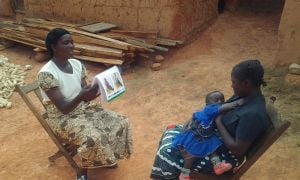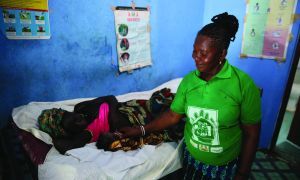
Read our 2024 annual report

Knowledge Hub
Kangaroo mother care
The objectives of this paper are to: (1) use a 12-country analysis to explore health system bottlenecks affecting the scale-up of kangaroo mother care (KMC); (2) propose solutions to the most significant bottlenecks; and (3) outline priority actions for scale-up.

Preterm birth is now the leading cause of under-five child deaths worldwide with one million direct deaths plus approximately another million where preterm is a risk factor for neonatal deaths due to other causes. There is strong evidence that kangaroo mother care (KMC) reduces mortality among babies with birth weight
<2000 g (mostly preterm).
KMC involves continuous skin-to-skin contact, breastfeeding support, and promotion of early hospital discharge with follow-up. The World Health Organization has endorsed KMC for stabilised newborns in health facilities in both high-income and low-resource settings.
This publication is made possible by the generous support of the American people through the Bill and Melinda Gates Foundation (BMGF) and the United States Agency for International Development (USAID). The contents are the responsibility of Concern Worldwide and do not necessarily reflect the views of BMGF, USAID or the United States Government.




